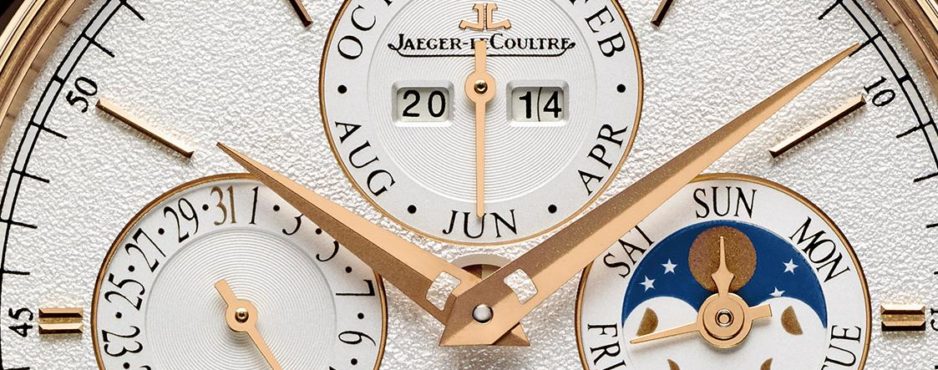A timepiece that also tells you the date is, of course, nothing new. However, the simplest form of calendar watch has to be manually adjusted five times a year because of the varying lengths of the months in the calendar So, at the end of every month with fewer than 31 days, the wearer will be called on to advance the date by hand to keep it correct.
The perpetual calendar earns its reputation with its ability to adjust to not only the length of each of the various months, but also to the cycle of leap years.
To accomplish this, the watch movement has anywhere from 100 to 200 additional components to adjust the date properly.
English horologist Thomas Mudge created the first perpetual calendar movement in 1762, used in a pocket watch that now sits in the British Museum in London.

Patek actually filed a patent for a perpetual calendar in 1889, and manufactured their first wristwatch with the function in 1925.
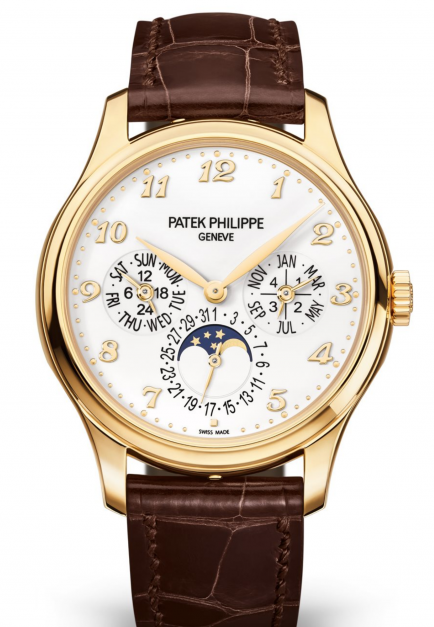
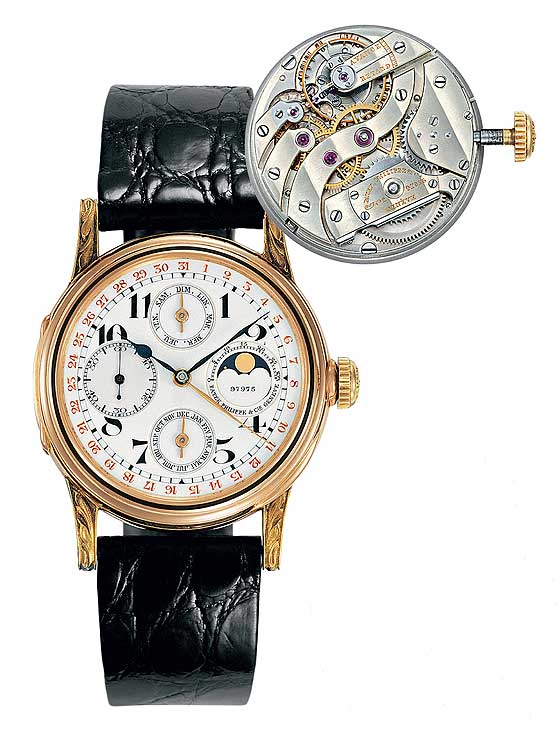
Breguet made the first example purpose-built for wristwatches a few years later in 1929 with the Breguet no. 4244
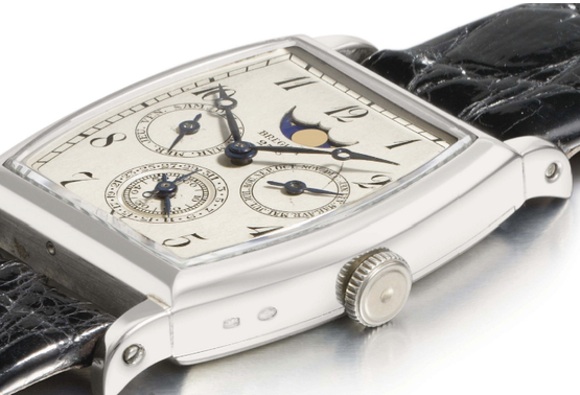
In 1937, Jaeger-LeCoutlre produced their own important perpetual calendar.

Below are listed more beautiful examples of this outstanding marvel of watchmaking history.
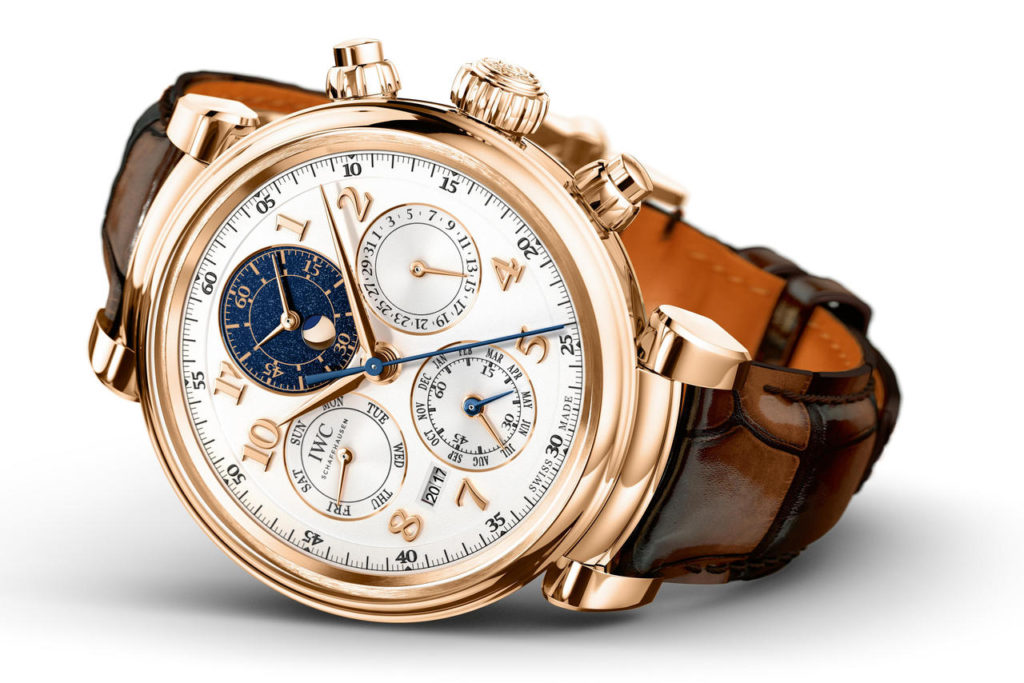
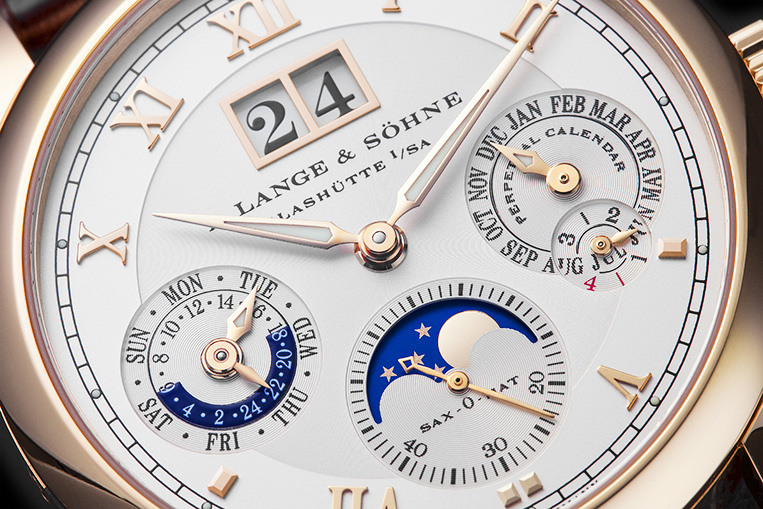
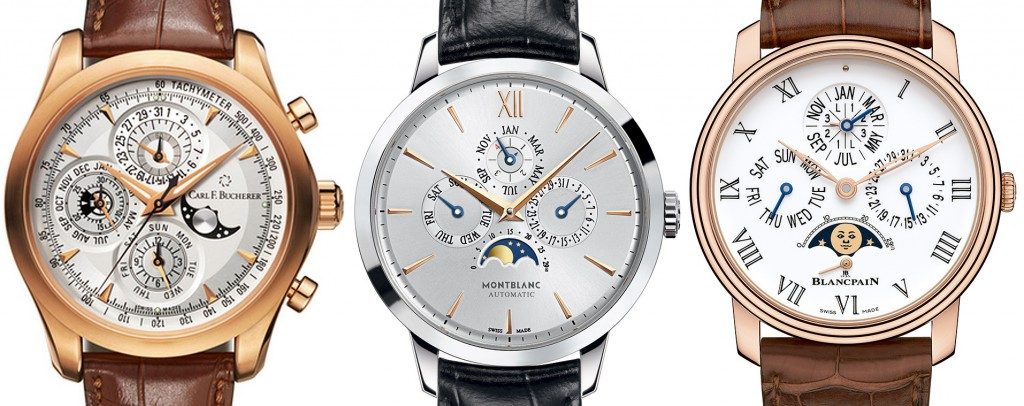
Mark Sirianni Watch Repair
25 Fraley St.
Kane, PA. 16735
814-837-9435
814-558-4814 cell

